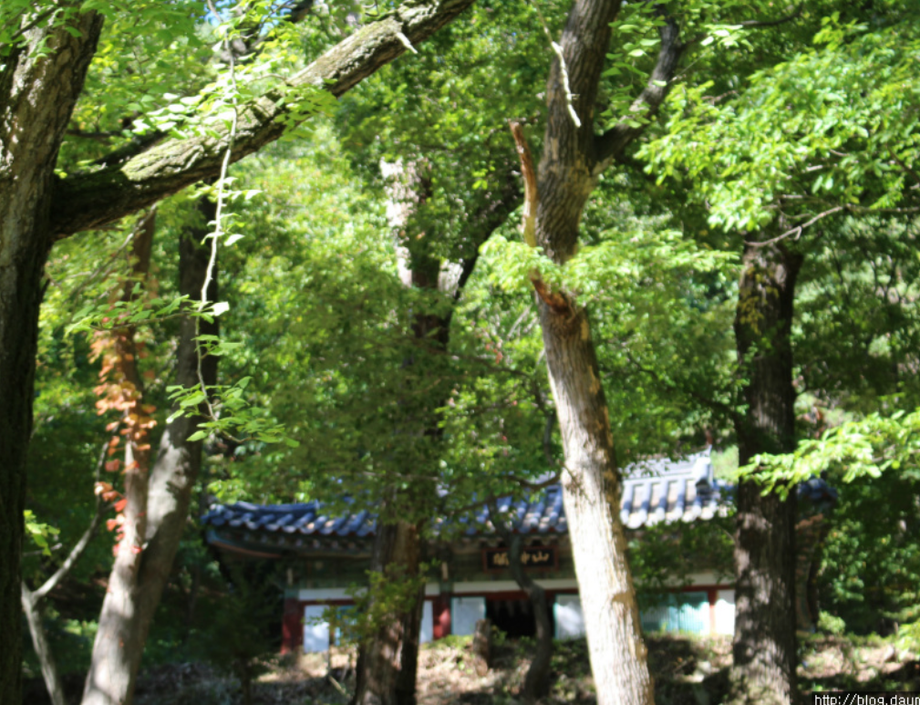This is an AI translated post.
The Largest Grotto Temple in the East, Gongju Magoksa: A Mystical Space Embracing 1,500 Years of History
- Writing language: Korean
- •
-
Base country: All countries
- •
- Others
Select Language
Summarized by durumis AI
- Located in Gongju-si, Chungcheongnam-do, Magoksa is the largest grotto temple in the East, preserving history and culture that have continued since the Baekje period.
- Inside the magnificent grotto, there are numerous attractions such as the Great Buddha Hall, Twin Grottos, and countless Buddha sculptures, and in particular, the over 70 grotto sculptures are a scale difficult to find even in the East.
- Magoksa, boasting beautiful natural scenery throughout the seasons, is a place where you can find peace of mind and enjoy a healing experience in the mystical grotto temple.
Magok-sa Temple, located in Gongju City, South Chungcheong Province, isknown as the largest grotto temple in the East.With a history of about 1,500 years, it is a mysterious space where nature, culture, and religion come together. Magok-sa Temple, where you can experience the essence of Buddhist culture hidden within the majestic grottoes, isdesignated as National Treasure No. 312and is recognized for its value.

The history of Magok-sa Temple goes back tothe Baekje period.According to the Samguk Yusa, it is said to have been founded by the monk Hyecheong during the reign of King Jinheung of Baekje. Hyecheong was so impressed by the sight of Buddha spinning the wheel of law in the grotto in the middle of the night that he built this temple. Magok-sa Temple flourished throughout the Baekje, Goryeo, and Joseon dynasties, but was severely damaged during the Imjin War and the Korean War. However, it has been rebuilt several times and now has its present form.
The highlight of Magok-sa Temple isthe Daeungjeon Hall located inside the massive grotto.This grotto is an impressive 12.7m long, 6.7m high, and 7.5m wide. This place, which was created by expanding and refining a naturally formed grotto, is a wondrous architectural space in itself. The main Buddha enshrined deep inside the grotto adds to the mysterious atmosphere of Magok-sa Temple.

Right in front of the Daeungjeon Hall aretwo small grottoes called Ssanggul.The grotto on the left houses the Jijangbosal, and the grotto on the right houses the Shakyamuni Buddha. These two grottoes seem to be guarding the Daeungjeon Hall, showcasing the unique structure of the grotto group at Magok-sa Temple. Standing in front of the Ssanggul and looking at the Daeungjeon Hall, you can feel overwhelmed by the magnificent and mysterious atmosphere of Magok-sa Temple.
Another attraction of Magok-sa Temple isthe countless Buddha statues carved on the walls of the grottoes.The walls inside the grottoes are filled with large and small carvings of Buddhas, bodhisattvas, and arhats. The meticulous and delicate carving techniques have retained their vitality despite over a thousand years. It is said that there are over 70 grotto carvings in the grotto group of Magok-sa Temple. This is a scale that is hard to find in Korea, let alone the East.

At Magok-sa Temple, you can also encountervarious cultural heritage sites.The Hae-talmun Gate at the entrance of the temple was built in the mid-Joseon period and features beautiful dancheong (polychrome) decorations that catch the eye. The temple grounds also house a three-story stone pagoda and a stone lantern, both made in the late Joseon period. In particular, the stone lantern is intricately carved with lotus patterns and is loved by many people. In this way, Magok-sa Temple is home to cultural heritage sites from various periods, allowing visitors to fully experience the temple's rich history.
The natural scenery, which boasts a different beauty in each season, is also a major attraction of Magok-sa Temple.Especially in autumn, the scenery of the mountain temple painted in crimson hues is spectacular. In the depths of autumn, the sound of the temple bell echoing through the serene mountain temple and the spectacle of yellow ginkgo leaves create an unforgettable experience. In winter, the sight of the grotto temple covered in white snow is spectacular. The nature of Magok-sa Temple, which comes in different forms depending on the season, makes this place even more special.
Visitors to Magok-sa Temple willexperience the peace of mind within the mysterious grotto temple.The sound of the temple bell echoing through the majestic grottoes, the subtle scent of incense, and the gentle smile of Buddha have the power to quell the worldly worries of a complex world. The grottoes of Magok-sa Temple, which have listened to the fervent prayers of countless people over a thousand years, hold within them a deep healing energy. If you spend time in quiet contemplation and meditation, it will be a precious opportunity to listen to the inner voice.
Magok-sa Temple, a mysterious grotto temple with a history of 1,500 years. This place is a spiritual space imbued with the majestic energy of a thousand-year-old temple and the wisdom of Buddha. At Magok-sa Temple, where nature, culture, and religion harmonize, you can experience moments of special inspiration and enlightenment. Start your journey to Gongju right now.Enjoy a time of healing for your body and mind at Magok-sa Temple, the largest grotto temple in the East.








